Category: Church History
-
A Review: Come Up Hither to Zion: William Marks and the Mormon Concept of Gathering
Come Up Hither to Zion: William Marks and the Mormon Concept of Gathering by Cheryl L. Bruno and John S. Dinger is an enlightening biography that brings attention to a significant yet often overlooked figure in the early Latter Day Saint movement.
-
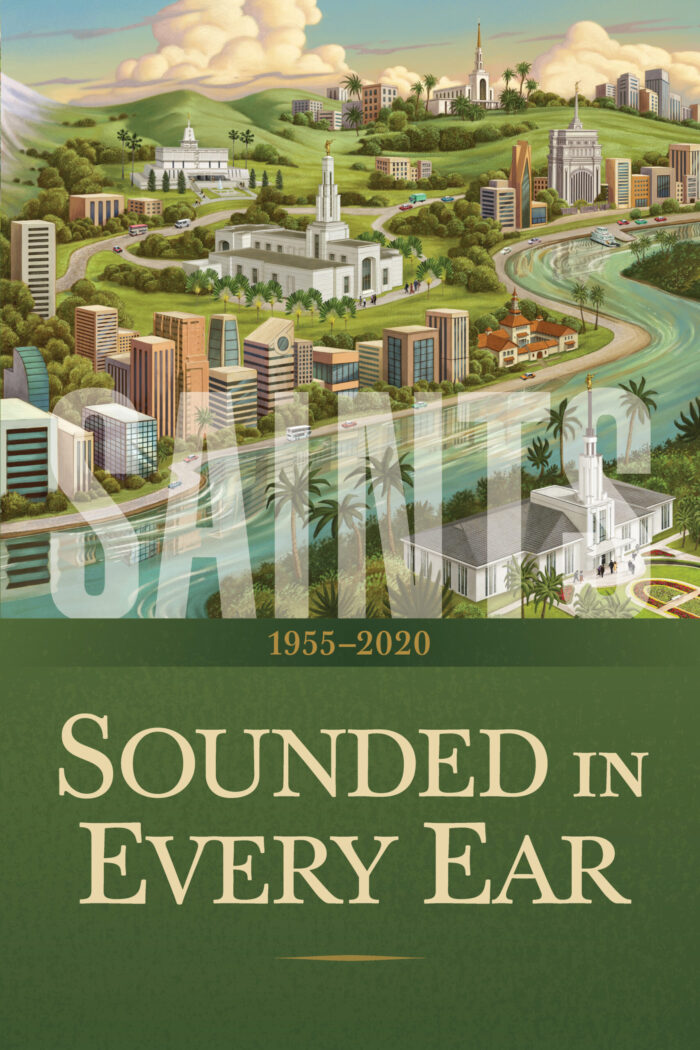
Saints, Volume 4: A Review
The fourth and final volume of Saints: The Story of the Church of Jesus Christ in the Latter Days was published today. This newest book, Sounded in Every Ear, tells the story of the Latter-day Saints from 1955 to 2020, bringing the history up nearly to the present day. It discusses an era in which…
-
Moroni and Temple Sites
Moroni is an important figure in Latter-day Saint lore. For example, I’ve written previously about how some authors have taken any mention of angels and the Book of Mormon in the same story as a reference to Moroni, whether that conclusion is warranted or not. But another area in which Moroni plays a role is…
-
Symbols in the Wilford Woodruff Journals
Early last year, I wrote about symbols I had observed in Wilford Woodruff’s journals. It turns out that I wasn’t the only person who had that on the mind – Joshua Matson had done some earlier and more intensive research on the same topic that he shared in a presentation at the Building Latter-day Faith…
-
Baseball Baptisms and the British Mission
Missionary service is a time of growth and an opportunity to serve, but it can also be a source of extreme pressures and stress for missionaries that manifests in different ways. One of the more famous examples came in the 1950s in the British Isles, where pressure from a mission president led to people taking…
-
On Marion D. Hanks
Marion D. Hanks is one of the most influential general authorities who never served in the Quorum of the Twelve or First Presidency. Today he is best known for his hymn, “That Easter Morn”, his advocating for Christlike service, and the support he lent to Black members of the Church in the years leading up…
-
The Kirtland Temple Endowment
In modern Latter-day Saint terminology, the Endowment is a specific ordinance performed in temples around the world. In the first temple to be constructed by church members (the House of the Lord in Kirtland), however, the term has a somewhat different meaning. In a recent interview at the Latter-day Saint history blog From the Desk,…
-
Review: Bruce R. McConkie: Apostle and Polemicist, 1915–1985
Bruce R. McConkie: Apostle and Polemicist, 1915–1985 by Devery S. Anderson is the latest entry in Signature Books’ Brief Mormon Lives project. As has been the case with other books in the series, this one is a short biography of an individual of note in The Church of Jesus Christ of Latter-day Saints and is…
-
An Abbreviated Journal of Discourses
While Bruce R. McConkie’s controversial Mormon Doctrine is famous in Latter-day Saint circles, it wasn’t his first controversial project. Prior to that time, he worked on preparing a “best-of” collection from the Journal of Discourses that was known as Sound Doctrine. The project was close to publication when the First Presidency intervened and shut it…
-
Smith Family Women
Joseph Smith grew up in a family with strong-willed women. Among those are two who left some notable records of the early Church, particularly Lucy Mack Smith (his mother) and Katharine Smith Salisbury (his sister). Two recent posts at the Latter-day Saint history site From the Desk discuss these two Smith family women and their…
-
A Review: Commentary on the Community of Christ Doctrine & Covenants, Volume 1
I’ve been hunting down resources to use in studying the Doctrine and Covenants, and one of the books I wanted to highlight in that regard is the Commentary on the Community of Christ Doctrine & Covenants Volume 1: The Joseph Smith Jr. Era, by Dale E. Luffman. It is a fascinating glimpse into both the…
-
John Turner on his Joseph Smith Biography
John Turner is known in Latter-day Saint circles for his biography of Brigham Young and his book The Mormon Jesus: A Biography. Next year, however, he will add to that collection with John Turner’s Joseph Smith biography. Turner recently spoke about the forthcoming biography with From the Desk, and announced that “I loved writing Joseph…
-
Joseph Smith’s Uncanonized Revelations, a Review
Joseph Smith’s Uncanonized Revelations, edited by Stephen O. Smoot and Brian C. Passantino, is a new collection of revelations by or attributed to Joseph Smith. It builds upon the research and publication of documents by the Joseph Smith Papers Project, drawing together the relevant documents into one easily accessible place and providing context for each.…
-
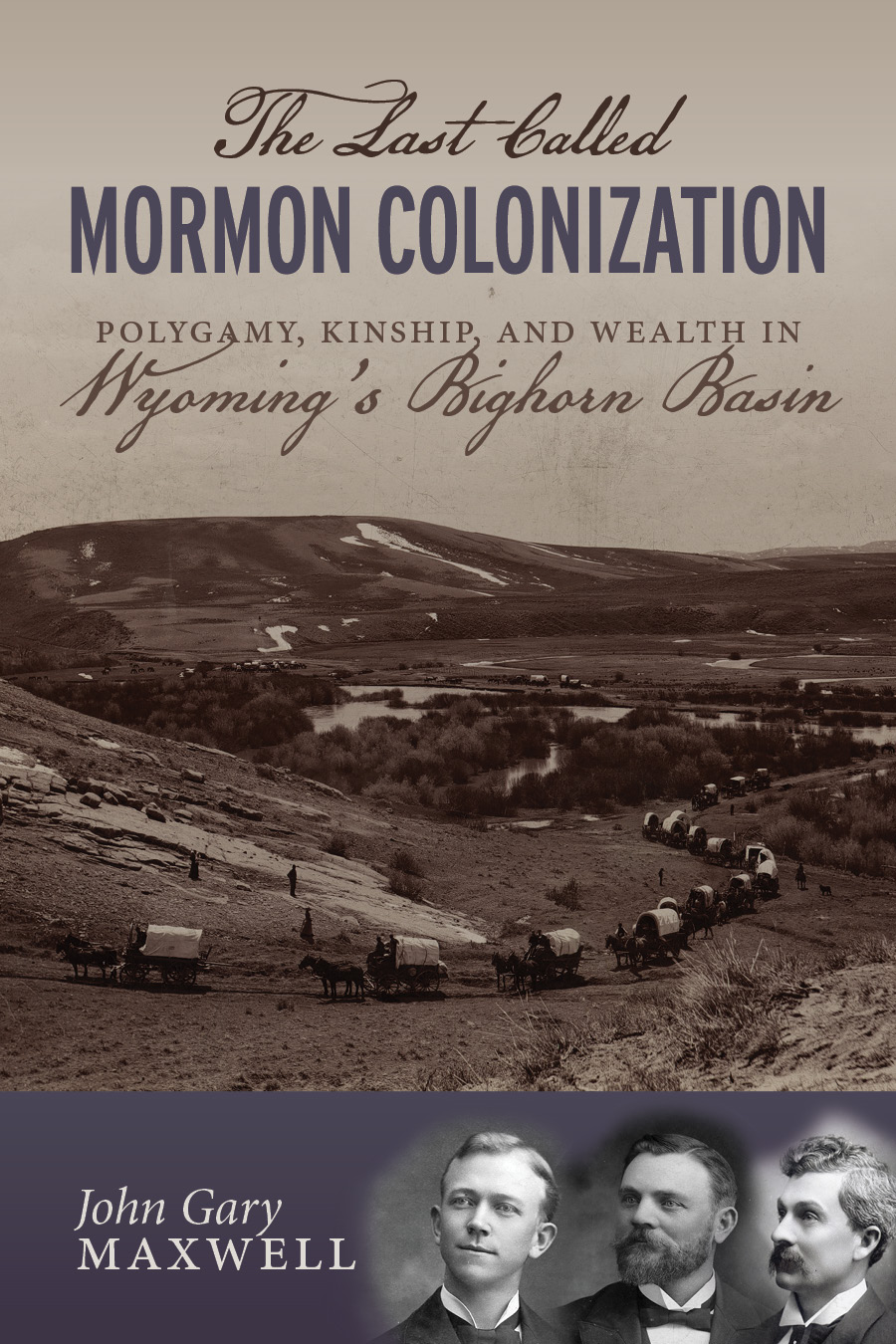
A Review: The Last Called Mormon Colonization
Growing up in Utah, I heard many pioneer stories about my ancestors and their colleagues who traveled west to settle the Intermountain West region. I found, however, that many of the stories focused on the journey itself rather than the years that followed as they established settlements and survived in an arid region. The latter…
-
The Latter-day Saint Chicago Experiment
The Chicago Experiment was an effort to train some of the best teachers in the Church to the academic standards of Biblical Studies applied elsewhere in Western Civilization during the 1930s. The results were mixed, with some of the scholars going on to improve the Church Education System, while others struggled to reconcile what they…
-
Joseph Spencer on Bruce R. McConkie’s Legacy
Long-time followers of my blog posts (if any exist) are likely aware that I have a complicated relationship with Elder Bruce R. McConkie. He was hugely influential to me in my teenage years and early twenties before my own views of Latter-day Saint theology began to conflict with his in a few very notable ways.…
-
Joseph Smith’s Uncanonized Revelations
I don’t think it’s a secret that I have an ongoing fascination with the Doctrine and Covenants. I am, after all, publishing a book about it this winter and (as my Mexican Mission Hymns project is coming to a close), I’m beginning work on an annotated edition of the Doctrine and Covenants. But that fascination…
-
On Willard Richards
I’ve written previously about the reality that many of the counselors in the First Presidency of The Church of Jesus Christ of Latter-day Saints have a huge impact on the Church, but they may not always be remembered by the general membership after a generation or two. I made that remark specifically with George Q.…
-
Joseph White Musser
Mormon Fundamentalism is a well known collective term for groups of Latter-day Saints who attempt to replicate the doctrines and practices of The Church of Jesus Christ of Latter-day Saints in the 1840 – 1890 era, most notably plural marriage. Less well-known, perhaps, are the figures who initially organized and developed the Fundamentalist Mormon movement,…
-
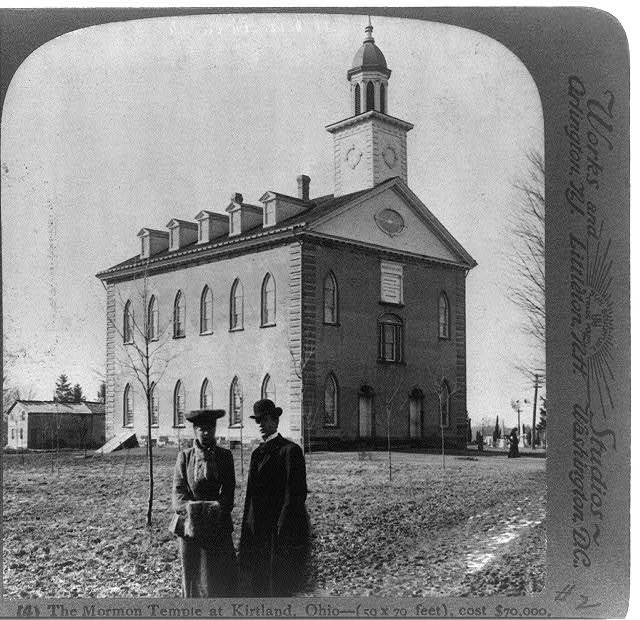
The House of the Lord in Kirtland
The House of the Lord in Kirtland, Ohio has been a major topic in the news as of late, thanks to the recent transfer of ownership between Community of Christ and The Church of Jesus Christ of Latter-day Saints. On the very same day that the transfer was announced, the Latter-day Saint history blog From…
-
The White Horse Prophecy
There are a few high-profile apocalyptic prophecies in Latter-day Saint history that have pretty shaky provenances. Perhaps foremost among them is the White Horse Prophecy. This complicated document was recently discussed at the Latter-day Saint history blog From the Desk. What follows here is a co-post to the full discussion.
-
American Zion: A Review
If I were to ever write a single-volume history of The Church of Jesus Christ of Latter-day Saints, I hope that it would turn out like Benjamin E. Park’s American Zion: A New History of Mormonism (Liveright, 2024). It is a very nuanced, insightful, and well-written take on Latter-day Saint history in the United States.…
-
Diné Latter-day Saints
One often-overlooked aspect of The Church of Jesus Christ of Latter-day Saints is the interactions of the institution with the Diné (Navajo) peoples in the western United States. In a recent interview at the Latter-day Saint history blog From the Desk, Farina King (an expert in colonial and post-colonial Indigenous studies) discussed some of the…
-
On John A. Widtsoe
John A. Widtsoe was an influential apostle and theologian in the Church who came from a scientific background. In a recent interview at the Latter-day Saint history blog From the Desk, biographer Thomas G. Alexander discussed the life and contributions of this apostle-scientist. What follows here is a co-post to the full interview.
-
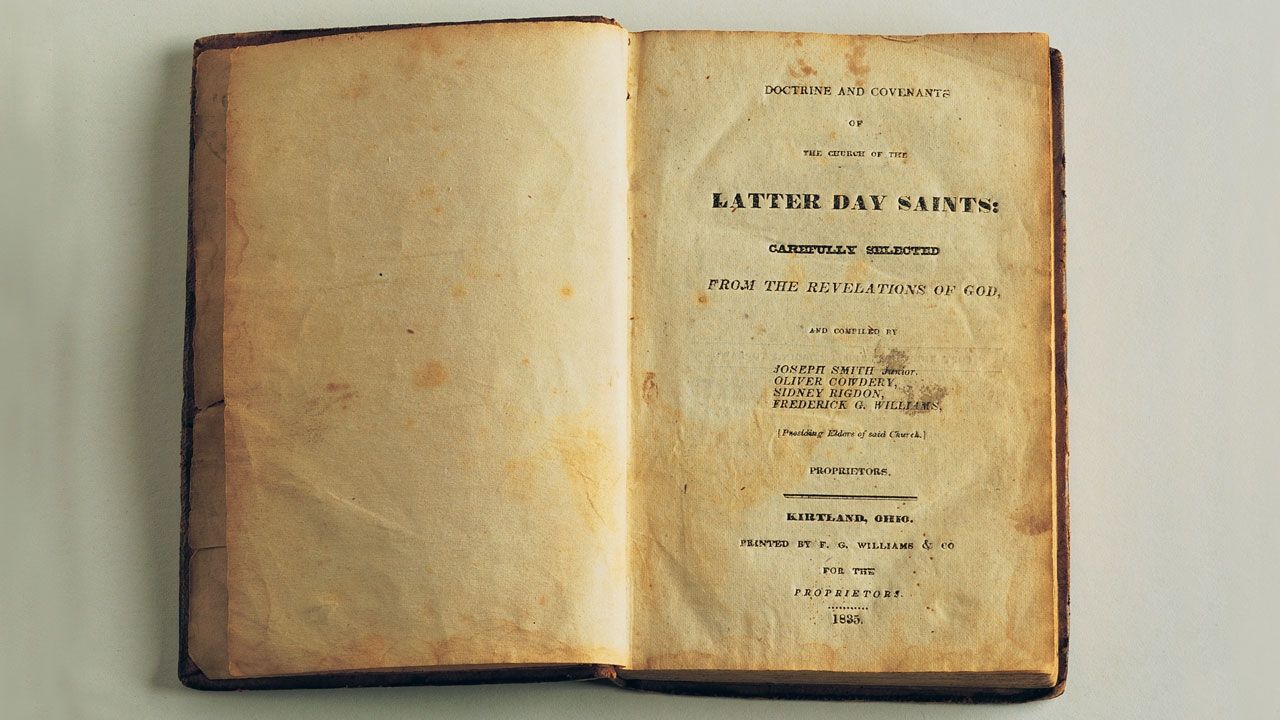
A Book Announcement
I’m excited to announce that I have a book about the Doctrine and Covenants that is scheduled to be published by By Common Consent Press this December!
-
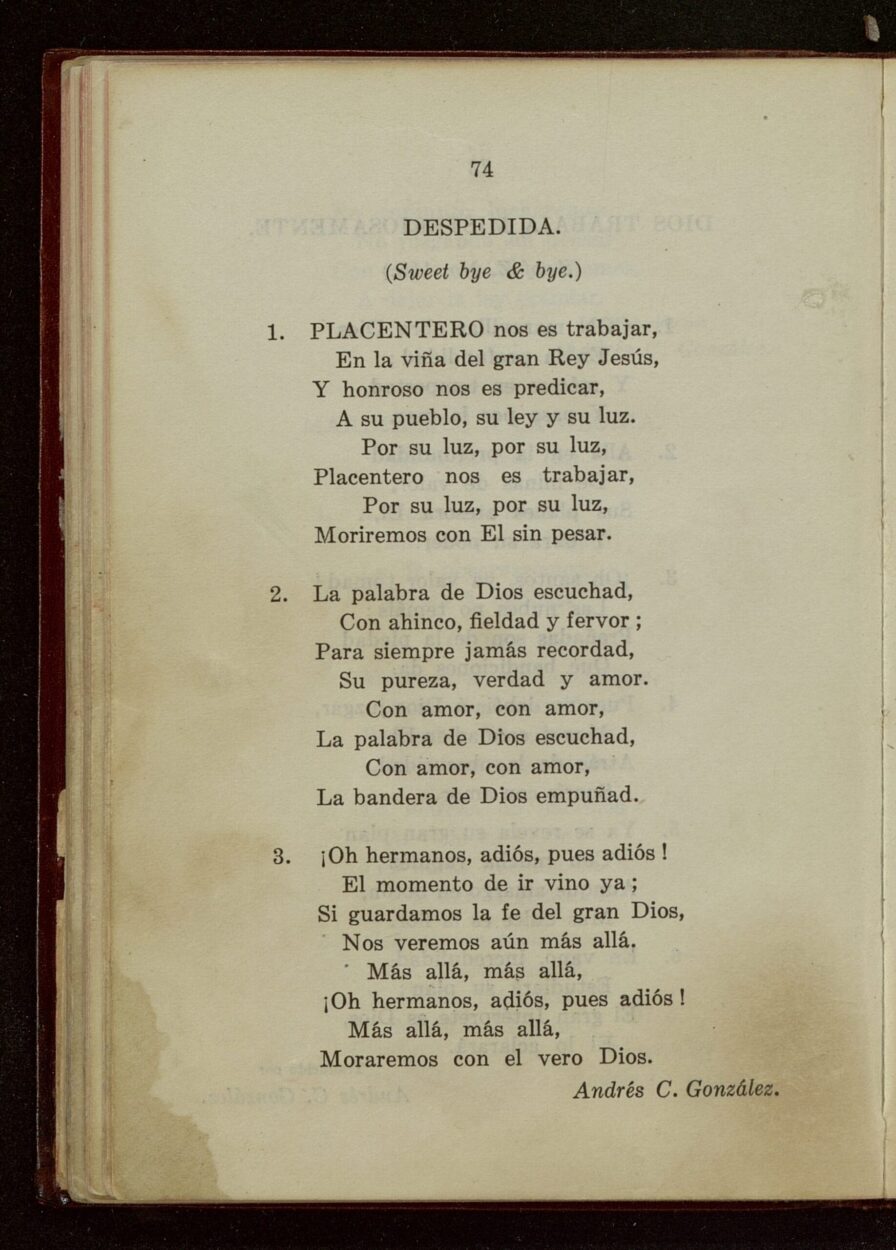
“Placentero nos es trabajar”
“Placentero nos es trabajar” or “Despedida” is one of the more popular hymns that is included in Latter-day Saint hymn books, written by a Latter-day Saint, but not in the English hymnal at this time. Hence, I’ve been consistent in pointing it out as a likely candidate for inclusion in the forthcoming hymnal. While I’ve…
-
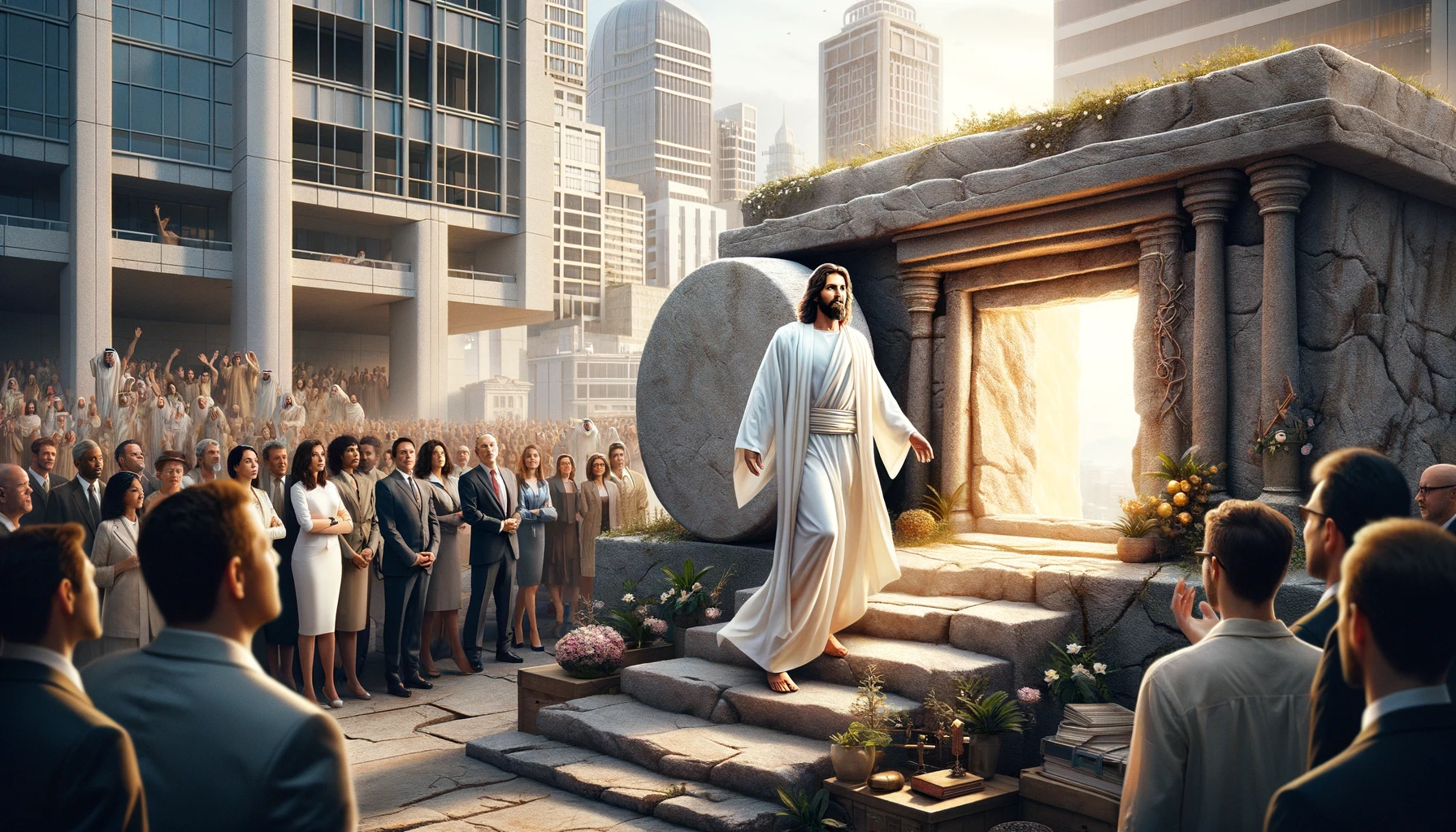
The Curious Role of the Book of Mormon Witnesses in Evangelical Debates about the Resurrection
While we Latter-day Saints have our apologists and reason-based arguments for faith and defenses against attacks on the faith, those are, by our own admission, to help create a place for faith or respond to criticisms that attack that faith, we are careful to formally base our religious epistemology in the numinous, personal spiritual experience. …
-
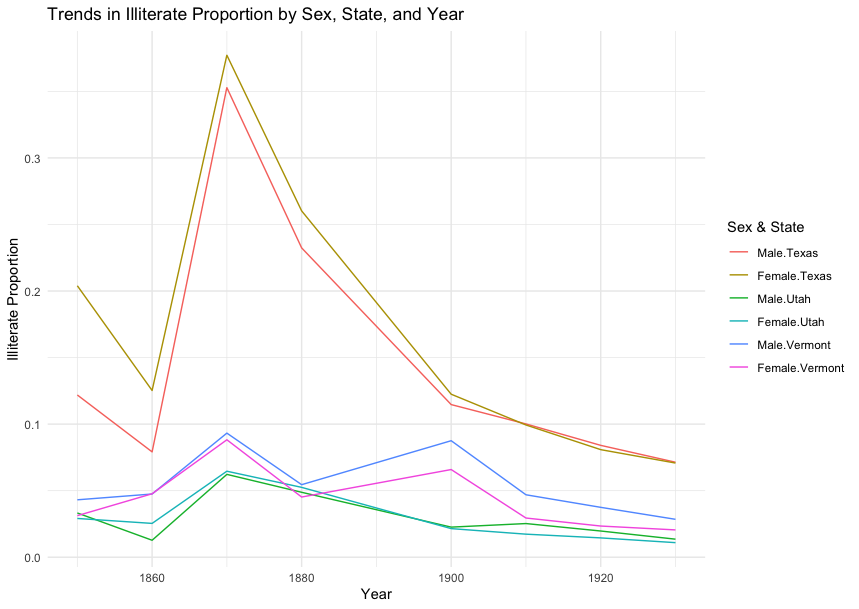
Pioneer Utah and Gender Inequality in Education
Back in the day, the census would record the literacy of respondents (in any language), so I used the IPUMS data (that I have used in several posts before) to access the complete censuses of pioneer Utah and look at literacy across time by gender. The complete US census data across all the years literacy was…
-
On Martha Hughes Cannon
Martha Hughes Cannon was a notable, if complicated, woman in Utah history. Although somewhat forgotten (partly due to her son burning all her journals, at her request), she has become more widely remembered in recent years. In a recent interview at the Latter-day Saint history blog, From the Desk, biographer Constance L. Lieber shared some…
-
Brigham Young’s Early Journals
While the Joseph Smith Papers project is, in many respects, wrapping up, other presidents of the Church—including Brigham Young— have begun to receive more attention and papers projects of their own. In a recent interview at the Latter-day Saint history blog From the Desk, Ronald K. Esplin discussed some of his observations about the first…
